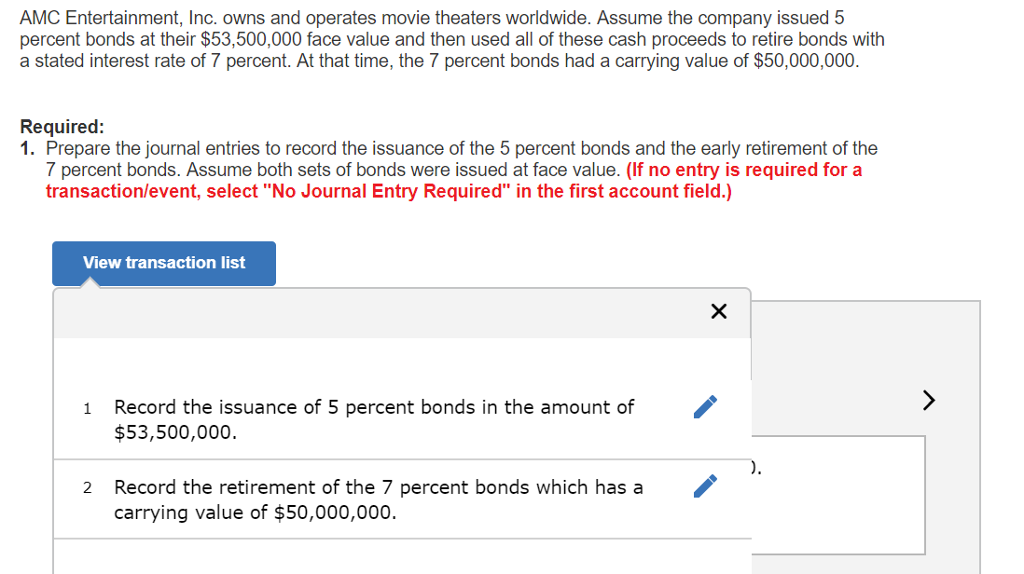Understanding the Core Difference: Quid Pro Quo Harassment vs. Hostile Work Environment
Introduction
Workplace harassment takes many forms, but two of the most recognized-and legally distinct-types are quid pro quo harassment and hostile work environment harassment. While both are prohibited under federal and state law, understanding the fundamental differences between them is crucial for employees, managers, and organizations alike. This article explores one key way quid pro quo harassment differs from a hostile work environment , explains both concepts in depth, and provides actionable guidance for recognizing, addressing, and reporting each type in the workplace.
What Is Quid Pro Quo Harassment?
Quid pro quo harassment is rooted in a clear exchange: a person in a position of authority-typically a supervisor or manager-offers workplace benefits or threatens negative consequences in return for submission to unwelcome sexual conduct. The term itself comes from Latin, meaning “this for that.” In legal terms, this type of harassment occurs when job benefits, such as promotions, raises, or continued employment, are explicitly or implicitly conditioned on an employee’s compliance with sexual demands. [1] [2] [3]
Common examples include:
- A manager tells an employee, “If you go out with me, you’ll get the promotion.”
- A supervisor threatens to fire someone if they refuse sexual advances.
- An executive suggests that rejecting flirtatious behavior will result in a poor performance review.
These scenarios demonstrate a direct link between the harasser’s authority and tangible employment actions . Only those with the power to influence the victim’s job status can perpetrate quid pro quo harassment. [1] [4]
What Is a Hostile Work Environment?
Unlike quid pro quo harassment, a hostile work environment arises from unwelcome conduct-sexual or otherwise-that is so severe or pervasive it creates an intimidating, offensive, or abusive work atmosphere. The perpetrator can be anyone in the workplace, not just a supervisor: coworkers, customers, vendors, or even subordinates.
Examples of behaviors that may contribute to a hostile work environment include:
- Repeated sexual jokes, insults, or comments
- Inappropriate touching or physical intimidation
- Displaying offensive images or materials
- Persistent unwelcome advances
Unlike quid pro quo, there is no requirement that the harassment be tied to job benefits or threats . Instead, the focus is on the overall atmosphere and whether it objectively interferes with an employee’s ability to perform their job. [5]
Key Difference: The Connection to Tangible Employment Actions
One major way quid pro quo harassment differs from a hostile work environment is the direct link to employment actions. In quid pro quo harassment, the harasser conditions employment benefits (such as promotions, raises, or continued employment) on the victim’s submission to or rejection of unwelcome sexual advances. If the victim refuses, they may face demotion, termination, or other negative employment consequences. [1] [4]
By contrast, in a hostile work environment, the harassment does not need to be linked to any specific employment action. The conduct itself, when severe or persistent, creates an atmosphere that makes it difficult for employees to work. The law focuses on the impact of the environment rather than on particular decisions or threats made by someone in authority. [2]

Source: gi.esmplus.com
Example Comparison
| Quid Pro Quo Harassment | Hostile Work Environment |
|---|---|
| A supervisor tells an employee, “If you don’t go on a date with me, I’ll make sure you get the worst shifts.” | Several coworkers regularly make sexually explicit jokes, creating an uncomfortable atmosphere, but no direct threats are made to any employee’s job status. |
Recognizing and Responding to Each Type
How to Identify Quid Pro Quo Harassment
Ask yourself:
- Is a supervisor or manager making unwanted sexual advances or remarks?
- Are employment benefits or threats directly tied to acceptance or rejection of these advances?
- Has a tangible employment action (like a demotion, pay cut, or termination) resulted from your response?
If you answer “yes” to these, you may be experiencing quid pro quo harassment. [1]
How to Identify a Hostile Work Environment
Consider:
- Are there frequent, unwelcome comments or behaviors of a sexual (or other discriminatory) nature?
- Do these actions create a work environment that feels intimidating, hostile, or offensive?
- Is your ability to perform your job affected by the atmosphere created by this conduct?
If these conditions are present-even without direct threats or promises-you may be facing a hostile work environment.

Source: collider.com
Reporting and Addressing Harassment
If you believe you have experienced either form of harassment, consider the following steps:
- Document the Incident(s): Keep a detailed record of dates, times, locations, individuals involved, and specific behaviors.
- Consult Your Employee Handbook: Review your workplace’s policies on harassment and follow the prescribed reporting procedures.
- Report Internally: If you feel safe, report the behavior to your HR department or a designated manager. Many employers are legally required to investigate such claims.
- Seek Legal Advice: If internal reporting does not resolve the issue or you face retaliation, you may wish to consult an experienced employment attorney.
- Contact Government Agencies: You can file a complaint with the Equal Employment Opportunity Commission (EEOC) or your state’s fair employment agency. Search the EEOC’s official website for guidance or call their hotline for more information on how to proceed.
- Consider Support Resources: Many community organizations and legal aid groups provide support for those experiencing workplace harassment. You can find local resources by searching for “workplace harassment support” plus your city or state.
Common Challenges and Solutions
Victims of harassment often face significant barriers to reporting, such as fear of retaliation, lack of evidence, or uncertainty about whether the behavior qualifies as illegal. Here are some practical strategies for overcoming these challenges:
- Fear of Retaliation: Federal and state laws prohibit employers from retaliating against employees who report harassment in good faith. If you experience negative actions after reporting, document them and consult legal counsel.
- Uncertainty About Legal Definitions: If you are unsure whether your experience constitutes quid pro quo or hostile work environment harassment, consult your HR department or a legal professional. Many law firms offer free initial consultations.
- Lack of Evidence: Written records, emails, text messages, and witness statements can all serve as evidence. Keep all documentation secure and confidential.
Alternative Approaches and Additional Protections
In addition to legal action, some workplaces offer mediation or conflict resolution services. You can ask your HR department or employee assistance program (EAP) about available options. If your employer does not have formal procedures, you may consider contacting an external mediator or workplace ombudsman. Remember that you are protected by federal law regardless of your company’s internal policies.
Key Takeaways
To summarize, the most significant difference between quid pro quo harassment and a hostile work environment is the presence of a direct connection between the harasser’s authority and tangible employment benefits or threats in quid pro quo cases. Hostile work environment harassment, meanwhile, arises from pervasive or severe unwelcome conduct that makes the workplace intimidating or abusive, regardless of any explicit employment action. [1] [2]
If you or someone you know is facing workplace harassment, you can take action by documenting incidents, reporting through official channels, and seeking expert guidance. For more information, visit the EEOC’s official website or contact your local fair employment agency for step-by-step instructions on filing a complaint and accessing legal or emotional support.
References
- [1] Duwel Law (2025). Key Differences Between Quid Pro Quo and Hostile Work Environment Harassment.
- [2] Thomson Reuters (2024). What is quid pro quo sexual harassment?
- [3] McOmber McOmber & Luber, P.C. (2025). Quid Pro Quo Sexual Harassment.
- [4] King & Siegel (2024). Quid Pro Quo Sexual Harassment: Common Examples.
- [5] Malk Law Firm. What’s the Difference Between Quid Pro Quo Harassment vs Hostile Environment Harassment?
MORE FROM couponnic.com













